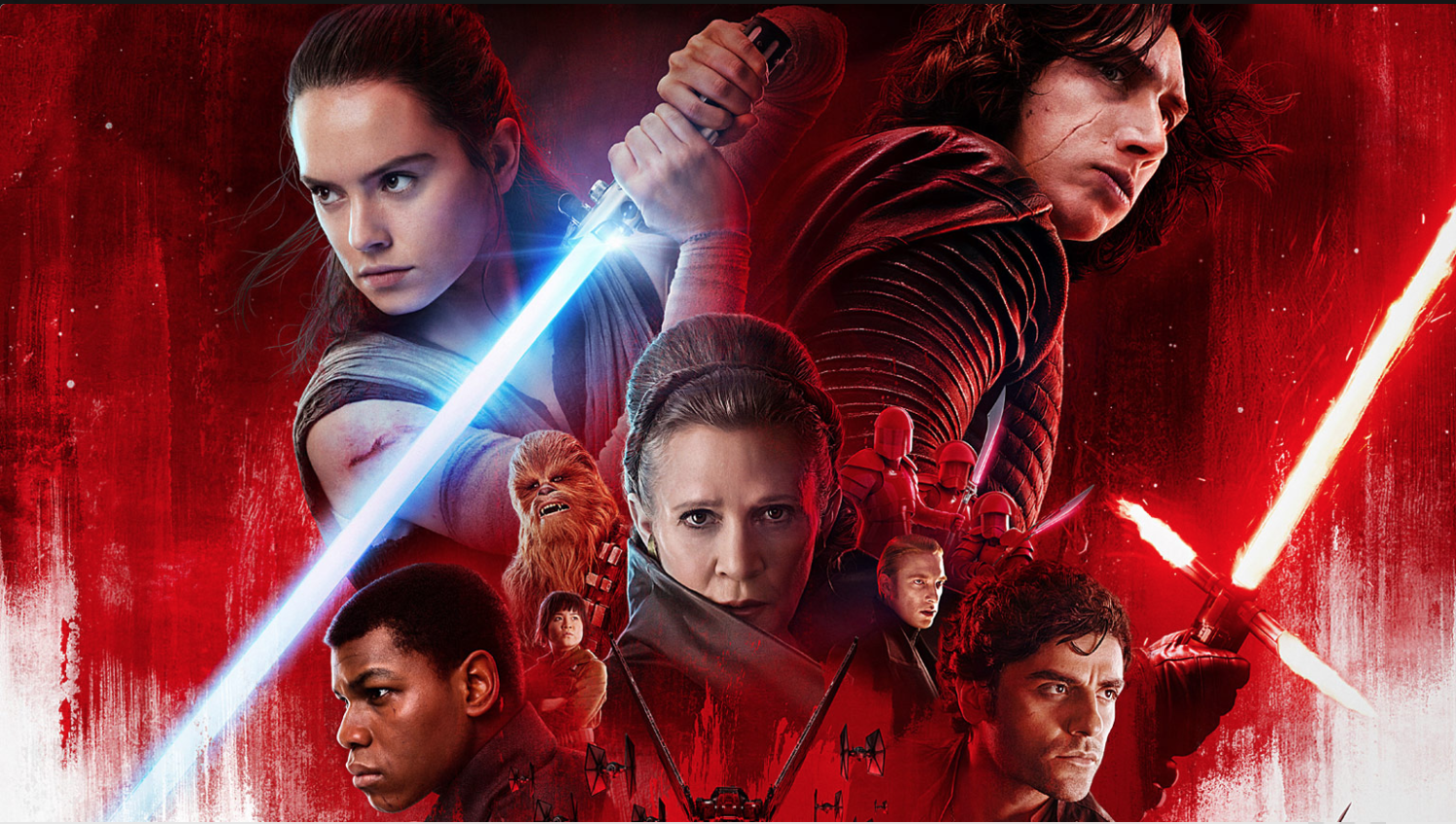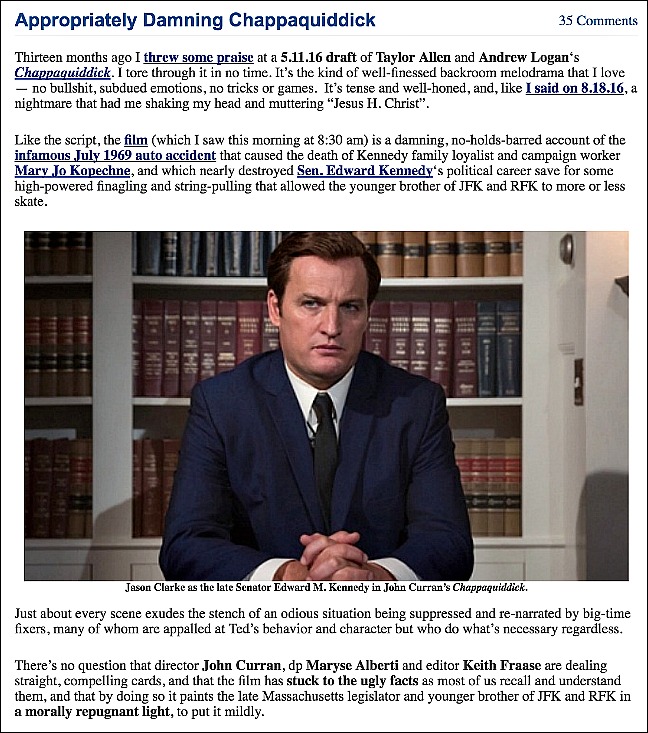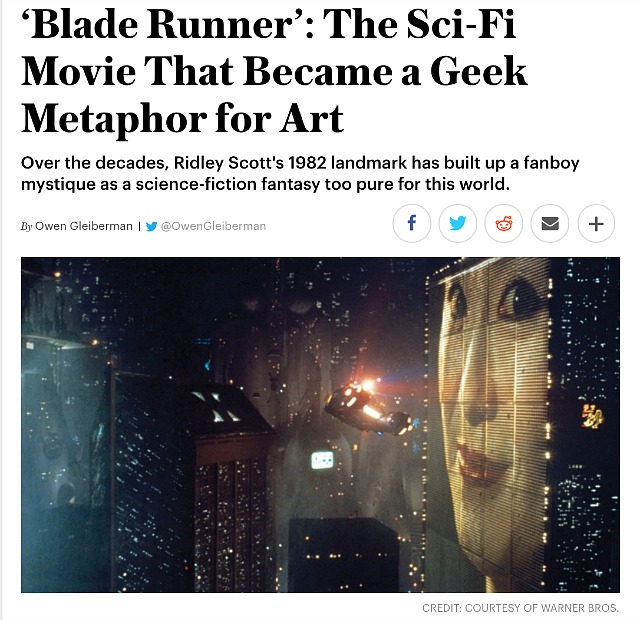Yesterday Variety‘s Owen Gleiberman posted a piece about what he describes as obsessive fanboy worship of Ridley Scott‘s Blade Runner, and how that purist fervor found its voice in Blade Runner 2049.
The key element in Scott’s 1982 original, Gleiberman argues, “is its transcendental mystique — the fact that it now plays like the sci-fi blockbuster equivalent of slow food. Its storytelling longueurs have been inflated into the very signifiers of its artistry. It has become not just a movie but a symbol: the anti-Star Wars.”
Key observation: “I remain a fan of Blade Runner, but to be in the cult of Blade Runner is to celebrate the purity of its vision, and to join in a conspiracy theory about the forces that would obliterate that purity.” Gleiberman doesn’t specifically call director Denis Villeneuve a cultist, but he kinda does.
My argument with the piece is in this passage: “[Scott’s Blade Runner was] a majestic science-fiction metaphor, beginning with its opening shot: the perpetual nightscape of Los Angeles in 2019, the smog turned to black, the fallout turned to rain, the smokestacks blasting fireballs that look downright medieval against a backdrop of obsidian blight. Blade Runner wasn’t the first — or last — image of a desiccated future, but it remains one of the only movies that lets you feel the mechanical-spiritual decay.
“There’s a touch of virtual reality to the way we experience it, sinking into those blackened textures, reveling in the details (the corporate Mayan skyscrapers, the synthetic sushi bars, the Times Square-meets-Third World technolopolis clutter), seeing an echo of our own world in every sinister facet.”
But how much of an echo? Scott’s film was a noirish ecological forecast of where we all might be headed, and I fully understand that vision-wise there’s no upside to low-balling whatever horrors the future might bring. But at the same time if you’re predicting…okay, imagining a world as horrific as Blade Runner‘s from a 1982 vantage point, or 37 years into the future back then, shouldn’t you have to pay some kind of piper if your vision has been proven to be way, way off? If what you foresaw hasn’t even begun to manifest?
Scott’s Blade Runner milieu — nightmarish, gloom-ridden, poisoned — is obviously a trip in itself and fun to wallow in, but it was set less than two years from today, in 2019, and as I said last weekend the sprawl of real-world Los Angeles has exposed that realm as absolute noir-fetish fanboy bullshit.
“Blade Runner 2049 is, of course, a prophecy of ecological run to come, and that’s where we’re definitely heading with criminals like Scott Pruitt running the EPA,” I wrote, “but BR49‘s idea of what Los Angeles will look like 32 years hence is almost surely just as ludicrous as Scott’s.
Read more




